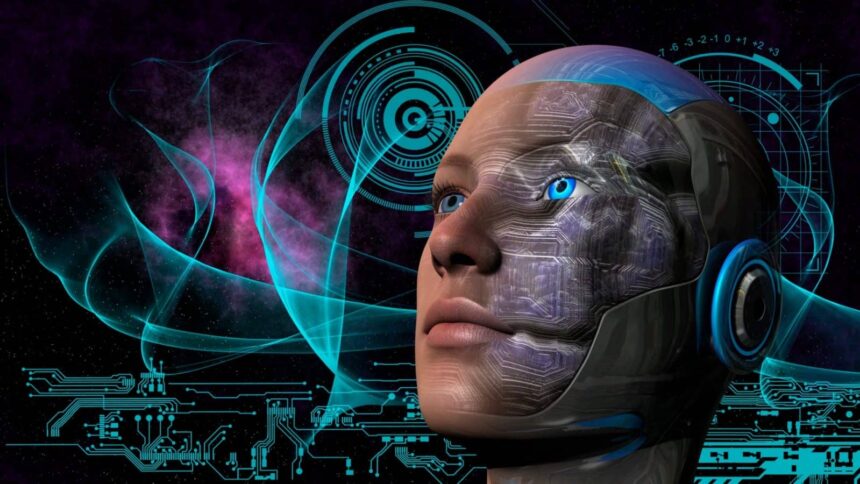In the ever-evolving landscape of artificial intelligence (AI), OpenAI’s generative chatbot, ChatGPT, has emerged as a sensation, revolutionizing the way we interact with AI systems. Mira Murati, Chief Technology Officer at OpenAI, sheds light on the transformative journey of ChatGPT and offers intriguing insights into its future potential.
“In 2019, we had GPT3, and that was the first time that we had AI systems that kind of showed some sense of language understanding. Before that, we didn’t think it was really possible that AI systems would get this language understanding,” Murati reflects, highlighting the scepticism that once surrounded the development of AI language models.
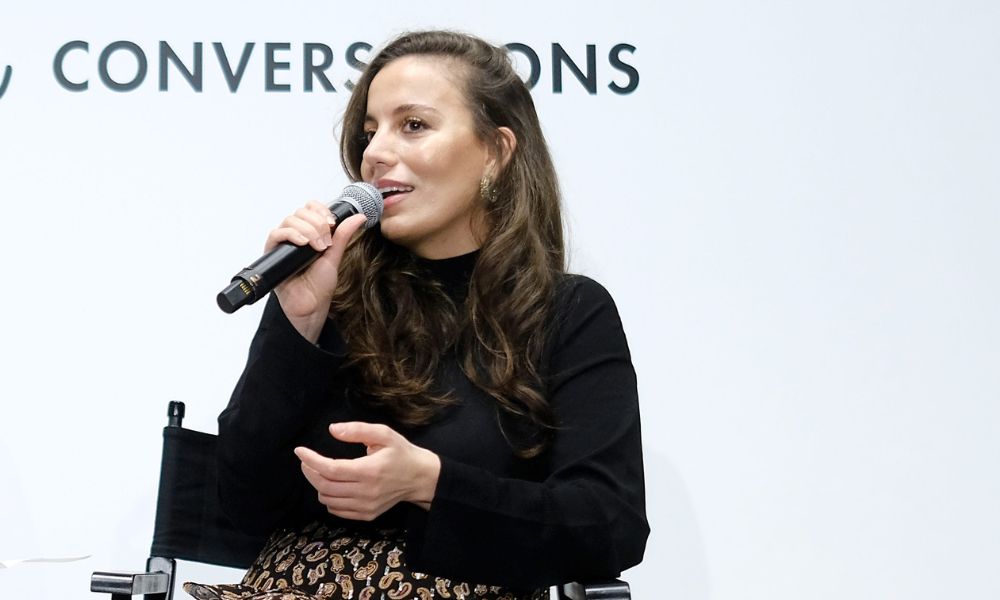
A shift towards natural interactions
One of the most exciting prospects Murati envisions is the ability for users to interact with ChatGPT without the need for typing. “We want to move further away from our current interaction,” she said. “We’re sort of slaves to the keyboard and the touch mechanism of the phone. And if you really think about it, that hasn’t really been revolutionized in decades.”
Murati envisions a future where communication with AI becomes as seamless as chatting with a friend or colleague. This shift aims to liberate us from the constraints of keyboards and touch screens, bringing forth a more natural and high-bandwidth interaction. Imagine discussing tasks, sharing information, or even processing images through conversational exchanges with AI. The possibilities are endless.
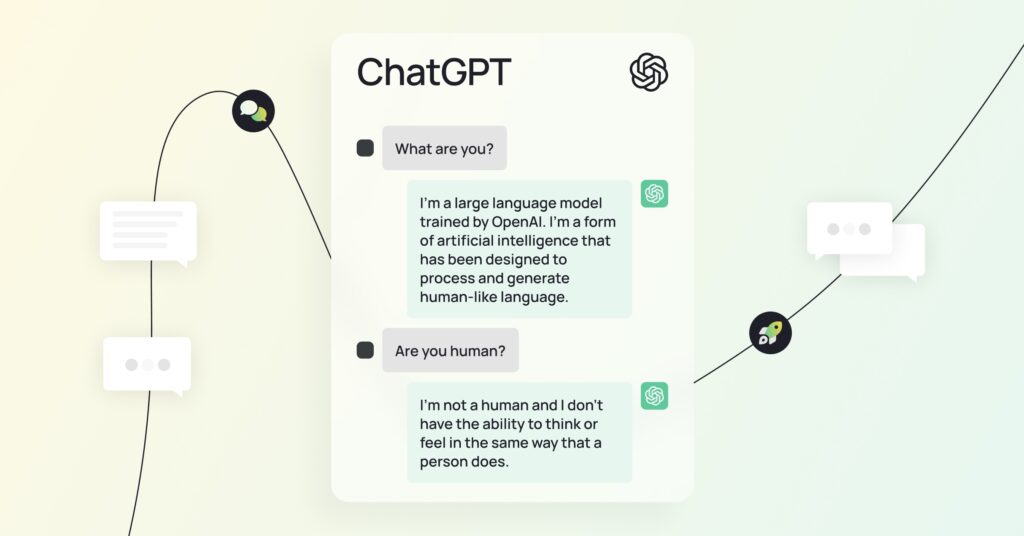
AI evolving towards independent thinking
While AI chatbots excel in responding to user prompts and collaborating with humans, the ultimate goal is to enable AI systems to think independently. “We’re trying to build [a] generally intelligent system,” Murati said. “And what’s missing right now is new ideas. With a completely new idea, like the theory of general relativity, you need to have the capability of abstract thinking.”
These advanced AI systems are envisioned to tackle extremely complex problems, going beyond mere collaboration to autonomously handling tasks that are currently beyond our reach. This progression promises enhanced accuracy and the ability to provide scientifically precise answers.
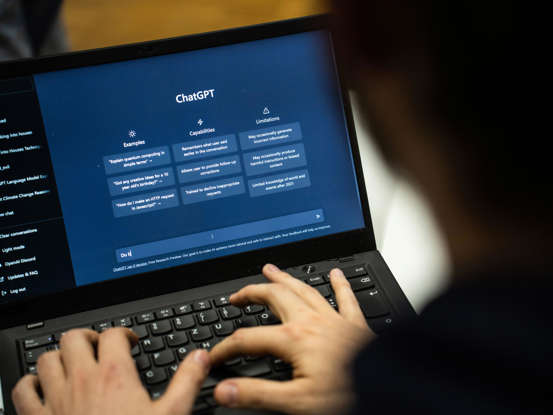
The impact on learning and work
The rapid evolution of AI technology is poised to disrupt traditional approaches to learning and work. Murati acknowledges the emergence of AI chatbots assisting students with assignments, hinting at the need for educational reform. “Right now you’ve got a teacher in a classroom of 30 students, [and] it’s impossible to customize the learning, the information, to how they best learn,” Murati said. “And this is what AI can offer. It can offer this personalized tutor that customizes learning and teachings to you, to how you best perceive and understand the world.”
Likewise, the workplace is not immune to AI’s transformative power. The fear of AI replacing human employees is palpable, but Murati suggests that this shift may lead to a reevaluation of the traditional workweek and job roles. As AI technology continues to advance, it becomes essential to prepare for a new way of life, where work and workforce dynamics are redefined.
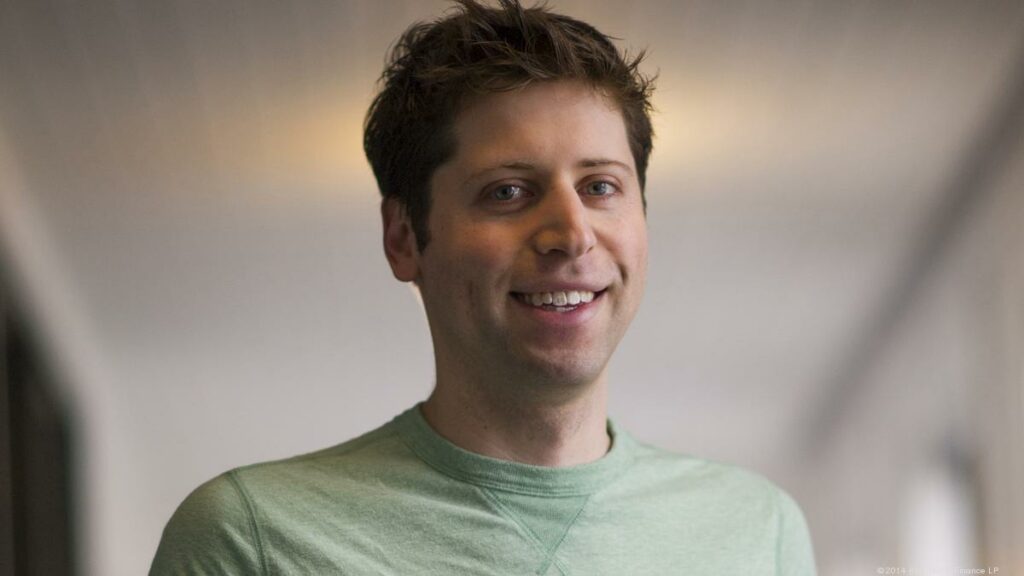
The path forward
The impending AI revolution demands thoughtful consideration. As ChatGPT and similar technologies continue to evolve, society must grapple with the challenges and opportunities they present. Governments and institutions are already engaging in discussions about the workforce’s future and the potential impact on jobs. Mira Murati acknowledges the uncertainty but stresses the importance of collective effort and thoughtful decision-making to navigate this transformation successfully.
In conclusion, ChatGPT’s journey from scepticism to sensation reflects the rapid progress of AI technology. With the potential for natural interactions, independent thinking, and educational and workplace transformation, the future holds exciting prospects. It’s a journey that requires a balance of caution and innovation, and as Mira Murati notes, the path forward will be defined by our collective commitment to shaping the AI revolution’s impact on our lives.


